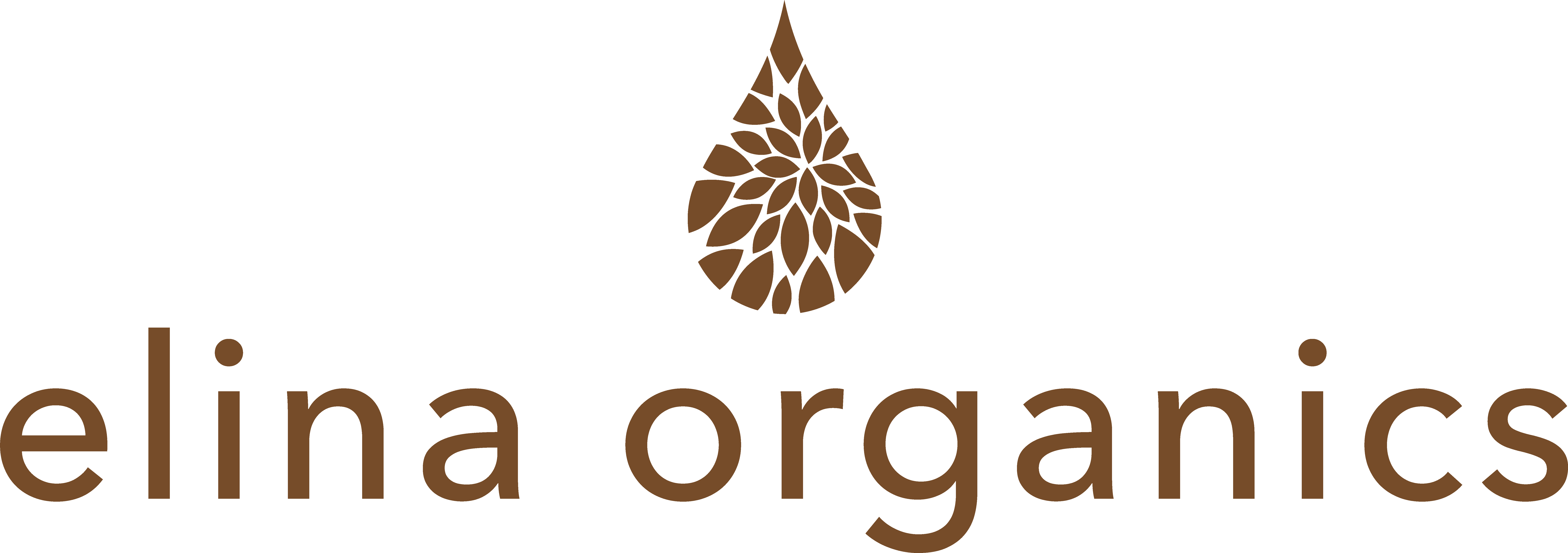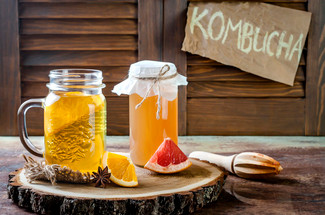Posted by Elina Fedotova, CEO and formulator of Elina Organics - DERMASCOPE MAGAZINE April 2018 on Apr 9th 2018
The Power of Probiotics
For centuries, people have applied face masks from yogurt, kefir, and kombucha tea to help heal and beautify their skin. In the past, people had no idea that the reason these fermented foods and beverages work is because they contain friendly microorganisms. Today, science confirms that these beneficial microbes, which are now called probiotics, offer a host of benefits to the skin and entire body.
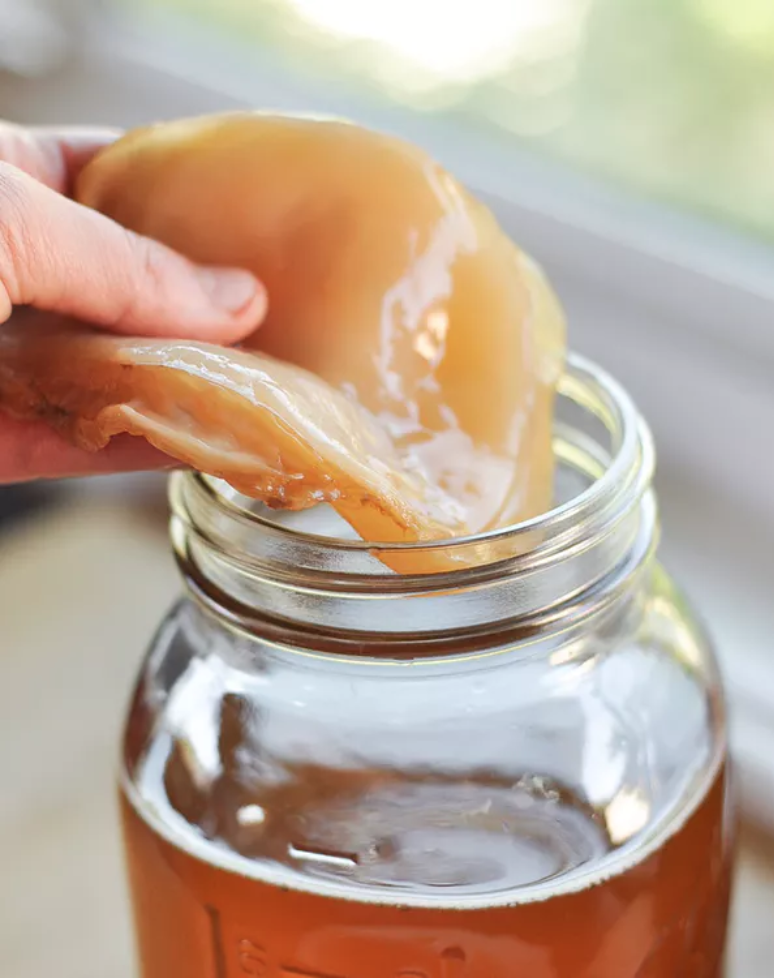
The use of probiotics in skin care is a trend that is here to stay. It has come full circle in the professional, 21st-century skin care industry. Even over the counter brands, like L’Oreal, Clinique (owned by Estee Lauder), and Burt’s Bees (owned by Clorox) are joining the microbe marketplace by putting probiotics in their products.
Most people are familiar with the concept of a community of microorganisms in their digestive systems called a microbiome. But the skin, the body’s largest organ, plays host to various strains of bacteria, fungi, and viruses, as well. A harmonious balance of these microbe colonies is one of the keys to healthy skin.
Many formulators and skin care professionals have only recently started to realize the importance of balancing the skin’s microbiome as part of a professional, corrective skin care approach. If it is out of balance, the skin’s immune system and protective barrier can be compromised.
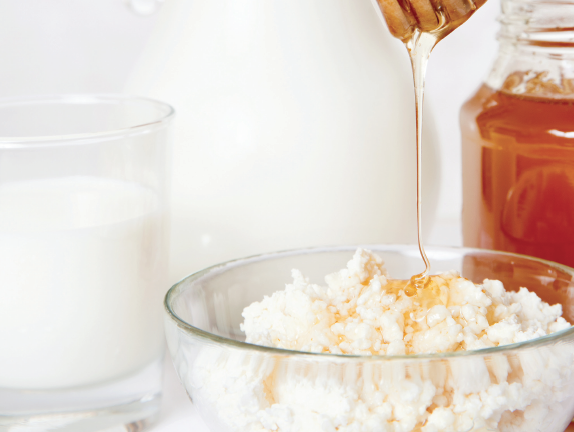
Today, the biggest challenge for skin care formulators using probiotics in their products is finding an effective way to preserve them. The problem is that conventional preservatives kill friendly microbes. This makes it difficult to find a way to maintain a proper balance of living, beneficial bacteria in probiotic skin care products, while also controlling pathogens and mold.
When analyzing probiotic skin care product labels, skin care professionals should realize that if conventional preservatives are listed, the probiotics added to that product can no longer be active.
One way professionals can incorporate probiotics into their practices, to be sure they are really using live probiotics, is to use freshly fermented beverages, like kombucha, as a natural alternative to chemical peels.
Kombucha contains multiple species of yeast and bacteria along with organic acids and active enzymes. Well-fermented kombucha is also a source of gluconacetobacter xylinus, an excellent yeast-fighting probiotic. It gently exfoliates and treats the skin with a mild pH of 3 (which can be measured by using pH strips) and contains an effective cocktail of acetic, butyric, lactic, and malic acids. It works very well for all complexions, especially for rosacea-prone and sensitive skin. Professionals do not need to worry about neutralizing it during a facial. In fact, it is suggested that a mask is layered right on top of a kombucha peel.
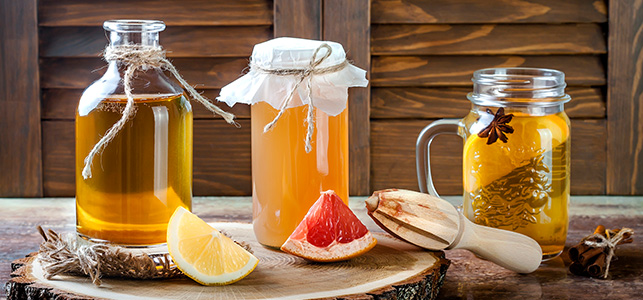
A fresh probiotic mask can be made by mixing yogurt, kefir, and honey in equal proportions. Surprisingly, a study looking for probiotics in 13 samples of different types of commercially available honey uncovered 32 naturally-occurring strains of lactobacillius and six of them were lactobacillus acidopholis. Lactobacillius produces lactic acid on the skin, which helps to hydrate and brighten it. These microorganisms are also very effective for calming inflammatory skin conditions like acne and rosacea.
Lactobacillus acidophilus raises lactic acid production, which also helps eliminate pathogens.
Lactobacillus plantarum offers anti-inflammatory effects and diminishes the size of acne lesions.
Lactobacillus casei has anti-inflammatory effects, improves skin hydration, and lowers sensitivity. And, lactobacillus rhamnosus offers ultraviolet protection.
Good sources of lactobacillus include yogurt, kefir, fermented cheeses, sauerkraut, kimchee, fermented vegetables, honey, and kombucha.

Probiotics promote a desirable complexion when applied topically and when taken internally, as well. Encourage clients to consume a whole, fresh diet with limited sugar intake and an abundance of fermented foods and beverages.
A recent scientific study done in Japan showed that a strain of lactobacillus helped improve the skin of patients with wrinkles and excessively dry skin. They were given a lactobacillus plantarum supplement for 12 weeks. Participants showed glossier skin, as well as significant reduction in the depth of their wrinkles. They also experienced a 13.17 percent improvement in skin elasticity after four weeks; after an additional eight weeks, elasticity improved by 21.73 percent.
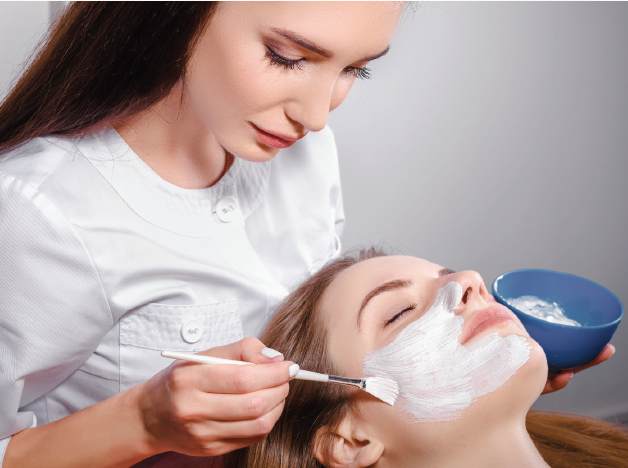
In another study, this one in Korea, 56 participants with acne drank a daily lactobacillus-fermented beverage. The number of acne lesions dropped and oil production was reduced.
While the topical and internal use of food-based probiotics in skin care continues to be studied, scientists are also looking at other sources of skin-friendly bacteria found in the soil. One of these is nitrifying bacteria, which includes ammonia-oxidizing bacterias (AOB). When found in small amounts on the skin, AOB helps keep bad bacteria in check, while allowing good bacteria to thrive. It consumes ammonia present in sweat and turns it into beneficial nutrients for the skin. AOB also helps reduce pathogens that contribute to acne. These natural substances support skin-friendly microbes and allow them to live longer in products, as well as on the surface of skin.
Probiotics come in various forms and varieties and, when implemented into a skin care regimen or treatment, can provide many healing effects on the skin.
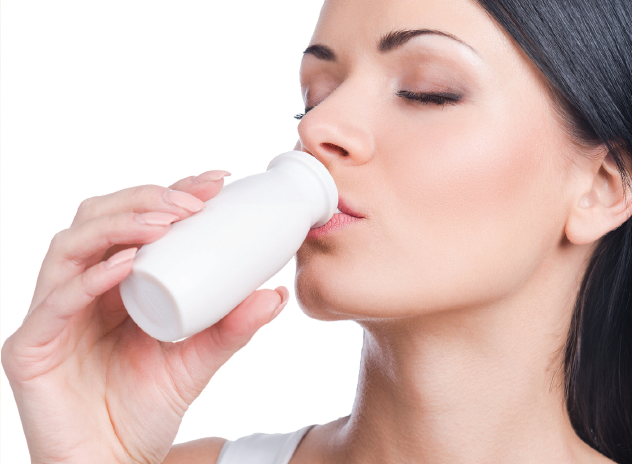
References
Lee, D. E., Huh, C., Ra, J., Choi, I., Jeong, J., Kim, S. Ahn, Y. (2015). Clinical Evidence of Effects of Lactobacillus plantarum HY7714 on Skin Aging: A Randomized, Double Blind, Placebo-Controlled Study. Journal of Microbiology and Biotechnology, 25(12), 2160-2168. doi:10.4014/ jmb.1509.09021
Friedrich, A., Paz, M., Leoni, J., & Maglio, D. G. (2017). Message in a Bottle: Dialog between Intestine and Skin Modulated by Probiotics. International Journal of Molecular Sciences, 18(6), 1067. doi:10.3390/ijms18061067
Probiotic use improved acne, rosacea symptoms. (2014, February 7). Retrieved from https://www.healio.com/ dermatology/acne/news/online/%7B9f99f469-4846-4f6f-bbe7- aed6dbffba83%7D/probiotic-use-improved-acne-rosacea-symptoms
